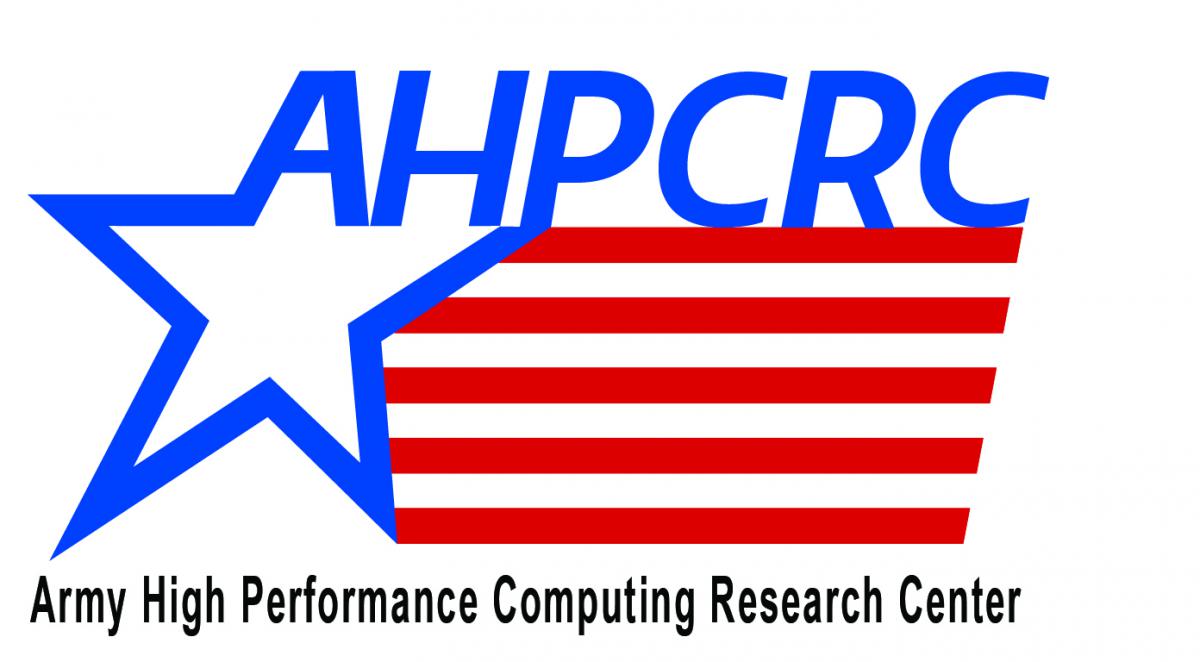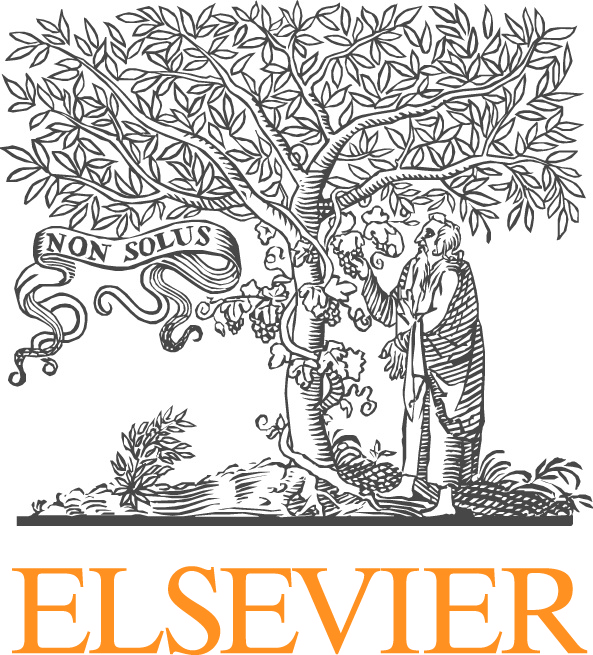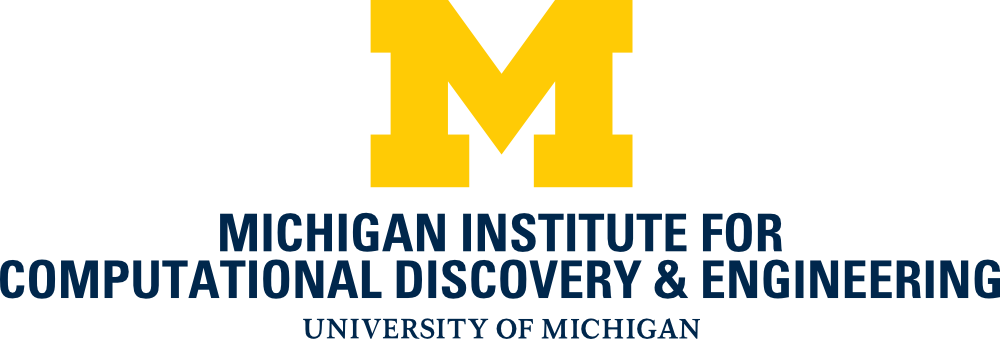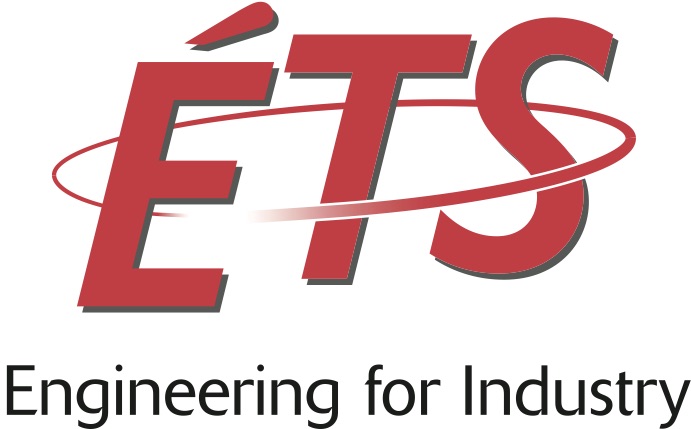Advances in Topology Optimization for Manufacturing
Julian Norato, University of Connecticut
Xu Guo, Dalian University of Technology
Topology optimization has been extensively used for the design of engineering structures and architected materials. The prevalent topology optimization paradigms produce organic designs that are in general not intuitive and that push the boundaries of structural efficiency. However, these organic designs are often difficult to manufacture with existing fabrication processes, because the optimal material distribution does not conform to what the process can produce. Consequently, design engineers attempt to create a model of the structure or material that tries to capture on one hand the intent of the optimal material distribution, but on the other is manufacturable with economical processes. This departure of the design concept from the optimal topology often introduces structural problems and/or adds weight, leading to a substantial amount of additional design and analysis work to produce a feasible design that is, in most cases, suboptimal.
While the increased design freedom provided by additive manufacturing (AM) has opened up the possibilities of fabrication of designs produced by topology optimization, AM techniques also require geometric design constraints in order to successfully produce a part. Moreover, despite recent progress, AM methods are not economical or viable processes for the fabrication of a vast number of structures, due to factors such as production volume, size, inspection and repair, etc. Therefore, a substantial need for topology optimization techniques is to produce designs that conform not only to AM but to traditional manufacturing processes. While researchers in academia as well as developers of commercial topology optimization software have devised ingenious techniques to incorporate some of the geometric requirements of certain manufacturing processes into the topology optimization, much work is still needed to achieve the goal of producing near-manufacturable designs directly from the topology optimization.
This mini-symposium aims to bring together researchers in topology optimization whose work aims to incorporate manufacturing considerations into topology optimization. This includes, but is not limited to:
- Topology optimization for traditional manufacturing processes, such as casting, machining, mold injection, etc.
- Topology optimization for AM
- Topology optimization with stock material
- Methods to incorporate geometric constraints into topology optimization.
- Methods to account for the physical effects of the manufacturing process into topology optimization.
- Topology optimization with regards to uncertainties arising from the manufacturing (e.g., dimensional and material properties variation).







